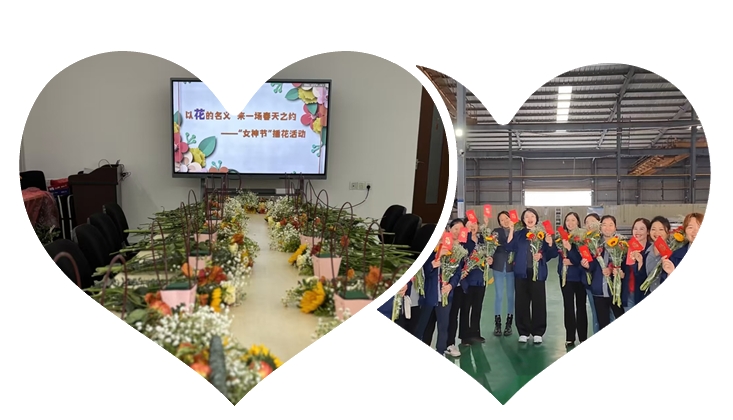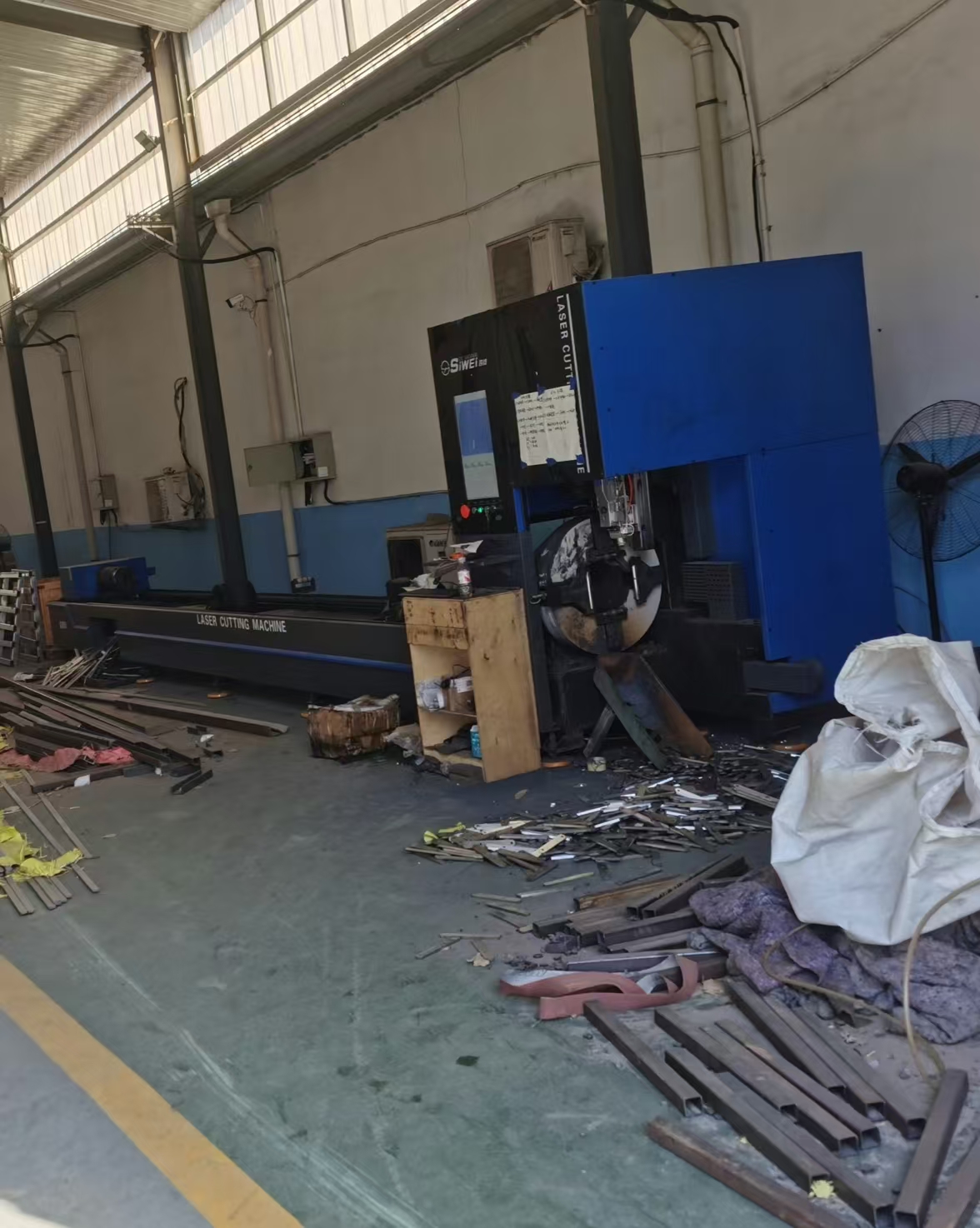Cable railing hardwares are extremely versatile and suitable for many different applications. Cable rails require a number of hardware devices for their installation, such as cable tensioners. To achieve an extremely clean and even appearance in a single run, you can use RH studs at one end and LH studs at the other. After inserting the wire into the tensioner, you need to crimp the two together using a special cable-type forging tool. At HAIFAN we stock all the cable railing parts you need to create the right cable railing for your needs.
The advantage of cable railings is their extremely small profile. The outline created by the cable disappears into any existing decor, creating a sophisticated look.Our cable hardware pieces are made from Type 316 "marine grade" stainless steel and can withstand wind, rain, sun and snow. This material requires minimal maintenance and will last a long time. Use cable railings to secure decks, docks, stairs, boardwalks and balconies. You can decide how much cable to use and the distance between cables, but we always recommend that you check your local building codes before finalising your plans.
The short answer is: tightly enough to pass the code. The key to cable railings is cable spacing and spacing between posts.
While the cables in the railing should not be tight enough to bend the railing or posts, they should never be too loose. Loose, sagging cables are not attractive but, more importantly, they do not meet the requirements of the cable railing deck code. The International Residential Code states that a 4" diameter sphere should not pass between vertical or horizontal cables. This is for child safety reasons to prevent small heads and shoulders from squeezing through the space.
Over tightening can also cause rails or posts to bend inwards. This is also a potential violation and safety hazard as the rail code specifies the height of the top rail. Bent steel and aluminium have different and weaker force distribution properties than unbent metal, and bending can permanently weaken them. Wood, on the other hand, has greater flexibility and can release overstretched cables in timber frame railings.
This is the Lag Stud Cable Tensioner Set, a set of cable tensioners that are perfect for wooden posts/structures. By using two different threads, you can roll the cable up when tightening and pull the lag into the post without twisting the cable.
Another benefit of this kit is that if you mount them outside, it will not rust. HAIFAN Rigging offers a range of cable railing accessories. They come with a variety of accessories at each end to suit your specific application.
Lag Studs are used for laying cables that must be attached to the face of a wall or column. lags are not tensioners as they must be anchored before the other end of your cable route so that the cable does not rotate when you screw it into the column. Lag Studs are paired with tensioners. Ideal for installation on external decks, marine rigging or internal applications.
Cable railing installation is a fun process that will stand the test of time with minimal cleaning and maintenance. Please feel free to call us, we have a wide range of Swage Cable Railing Hardware and Swageless Cable Railing Hardware for sale.
 Happy Women's Day
Happy Women's Day
 New Laser Cutting Machine
New Laser Cutting Machine